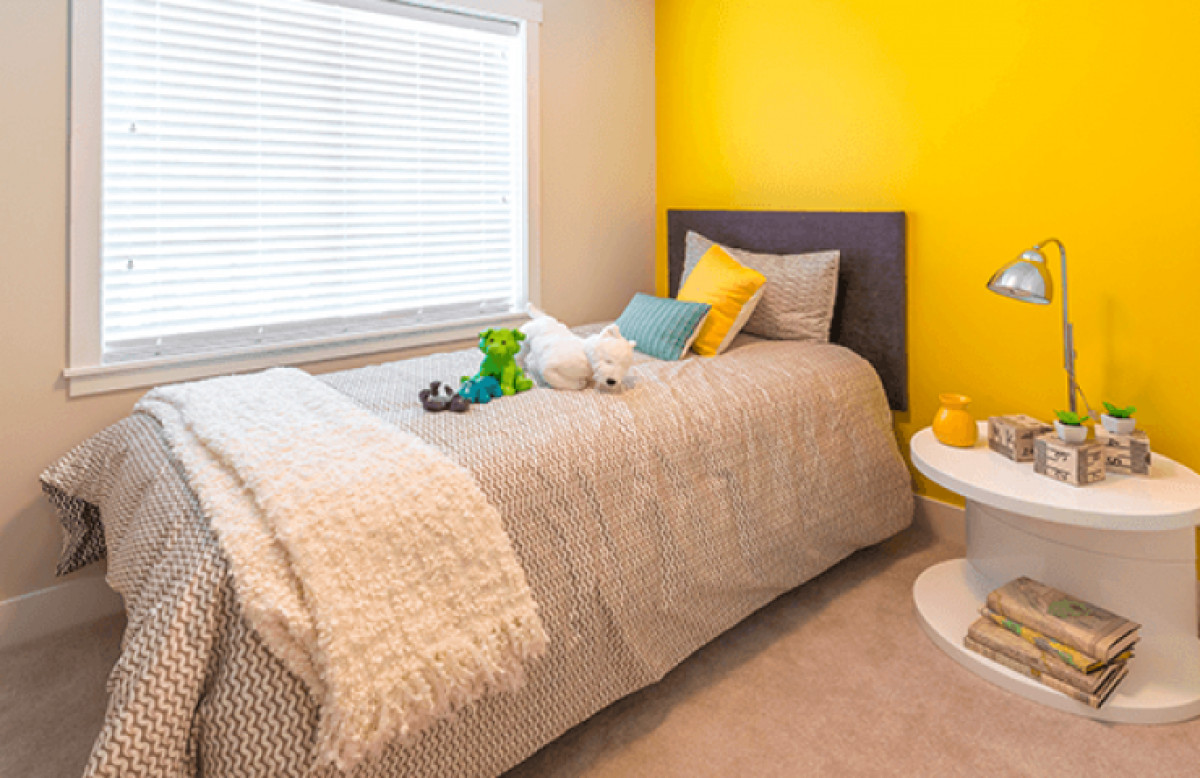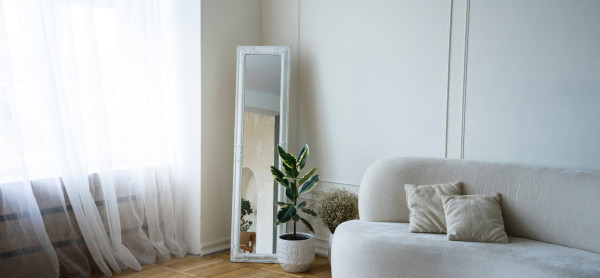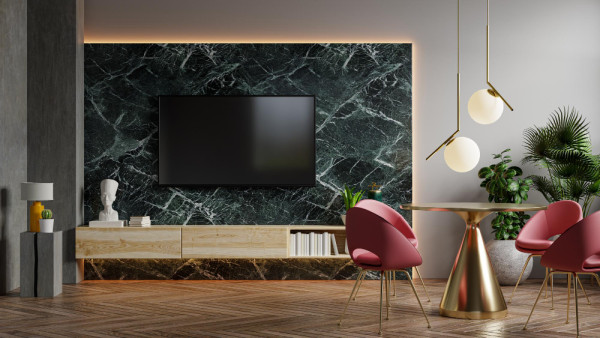
When it comes to decorating the house, we already think about which colors to use. But before choosing the color of each environment: it is necessary to consider personal tastes, the type of environment that we want to create and even reflect on the meaning of each color before deciding.
Here are 5 basic rules for harmonious and warm environments:
1. Pastel and neutral tones are extremely important to the success of a decoration. A good example are white, beige and gray and brown variations, great base colors, since they coexist well with other shades. In addition, they give the feeling of extending the environment and bring sophistication.
2. For an even more luxurious environment, simply combine the pastel or neutral tones with materials such as glass, mirror and crystals. Guarantee of a chic and modern environment.
3. Cold colors, such as lilac and blue in their lighter shade range, have the power to make the environment quieter. They are a good indication for those who do not want to run the risk of having a tiring look. "The mixture with more urban colors, like lead gray, transform the space, leaving it modern and relaxed, with a lot of personality and without losing visual comfort," explains Mariana.
4. Warm colors also play important roles. The red, for example, makes the environment warm and warm, providing warmth and harmony. "A great characteristic of these tonalities is the agitation they bring; So they are great for socializing environments, like living rooms and kitchens, "says the designer. They should be used without exaggeration, preferably in small touches or decorative highlights. They are ideal for finalizing a decorating project and making it unique.
5. Vibrant tones, such as turquoise blue, give a relaxed touch in more serious environments without losing the identity of the space. When combined with wood, neutral colors and even black, they cause great visual impact. Most of the time, they are present in furniture and in tactile decorations such as fabrics, rugs, cushions and wallpapers.
(Source: MyDecor / ThinkPhone Magazine)




